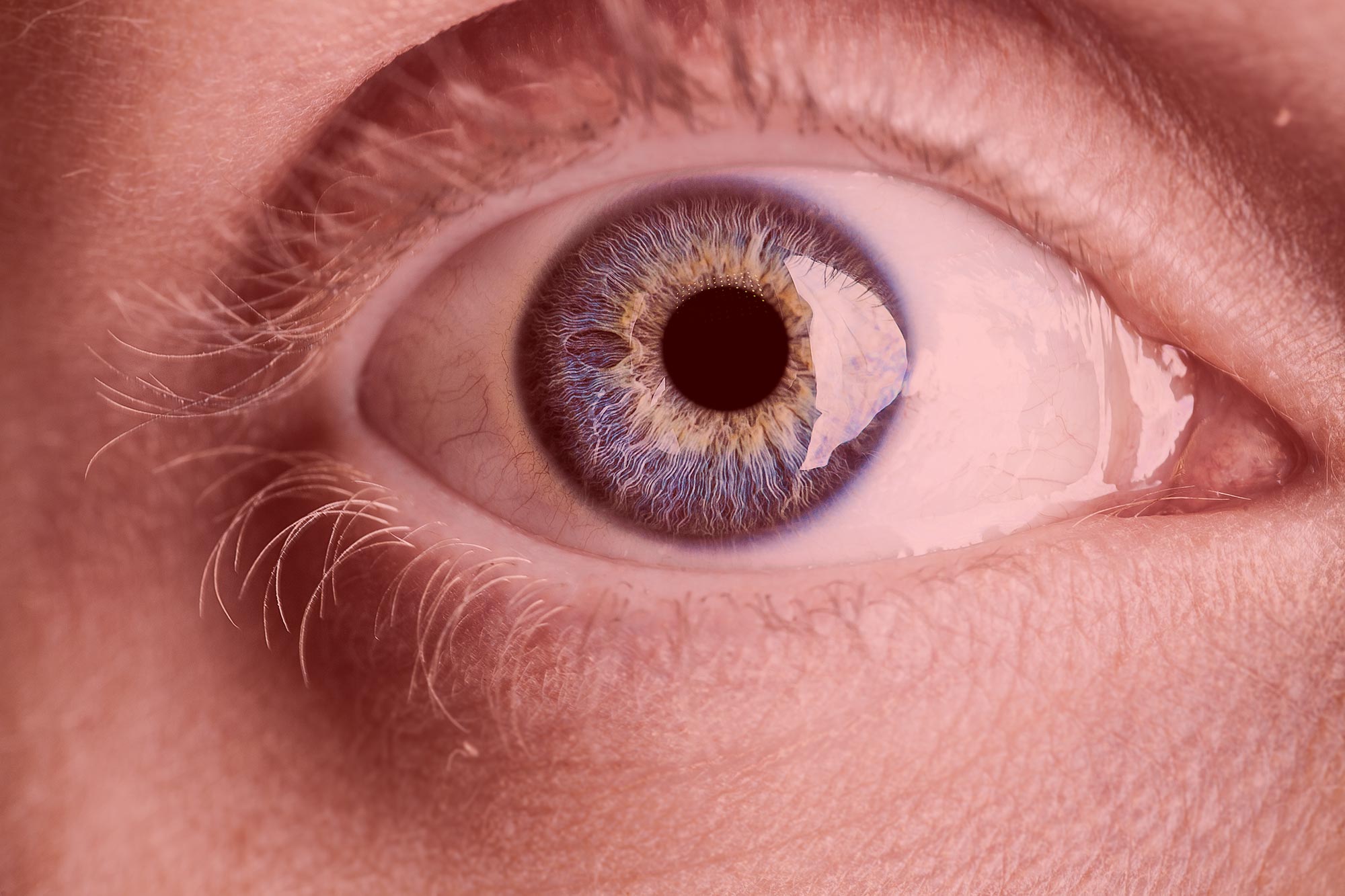

Staring into a deep red light for three minutes a day can significantly improve vision decline, a new study led by UCL finds, the first of its kind in humans.
Scientists believe the discovery, published in the Gerontology magazinesIt could signal the start of new affordable home eye therapies, helping millions of people around the world with naturally diminishing vision.
In the UK, there are currently around 12 million people over the age of 65: in 50 years this will increase to around 20 million and all will have some degree of visual decline due to retinal aging.
Lead author Professor Glen Jeffery (UCL Institute of Ophthalmology) said: “As you get older, your visual system slows down significantly, particularly once you are over 40.
“Their retinal sensitivity and color vision gradually weaken, and with the aging of the population, this is an increasingly important problem.
“To try to stop or reverse this decline, we are looking to restart aging cells in the retina with small bursts of longwave light.”

This is an example of a LED flashlight used in the studio. Credit: UCL
In humans in their 40s, cells in the retina of the eye begin to age, and the rate of this aging occurs, in part, when the cells’ mitochondria, whose role is to produce energy (known as ATP) and increase cellular function, They also begin to decline.
Mitochondrial density is highest in retinal photoreceptor cells, which have high energy demands. As a result, the retina ages faster than other organs, with a 70% reduction in ATP throughout life, causing a significant decrease in the function of photoreceptors, as they lack the energy to perform their function. normal.
The researchers built on their previous findings in mice, bumble bees, and fruit flies, which found significant improvements in retinal photoreceptor function when their eyes were exposed to deep red light of 670 nanometers (long wavelength). .
“Mitochondria have specific light absorbance characteristics that influence their performance: they absorb longer wavelengths ranging from 650 to 1000 nm and improve mitochondrial performance to increase energy production,” said Professor Jeffery.
The retina photoreceptor population is made up of cones, which mediate color vision, and rods, which provide peripheral vision and adapt vision in low light conditions.
For the study, 24 people (12 men, 12 women), aged between 28 and 72 years, who had no eye disease were recruited. All of the participants’ eyes were evaluated to determine the sensitivity of their rods and cones at the start of the study. The rod sensitivity was measured in adapted dark eyes (with dilated pupils) by asking participants to detect dim light signals in the dark, and the cone function was tested by subjects identifying colored letters that had very low contrast. and they seemed increasingly blurred, a process called color contrast.
Then all participants were given a small LED flashlight to take home and asked to watch * their 670nm deep red light beam for three minutes a day for two weeks. They were then retested to determine the sensitivity of their bar and cone.
Results
The researchers found that the 670nm light had no impact on the younger individuals, but significant improvements were obtained in those around 40 and older.
Cone color contrast sensitivity (the ability to detect colors) was improved by up to 20% in some people aged 40 years or older. The improvements were most significant in the blue part of the color spectrum that is most vulnerable to aging.
The sensitivity of the bar (the ability to see in low light) was also significantly improved in people aged 40 and older, although less than the color contrast.
Professor Jeffery said: “Our study shows that it is possible to significantly improve vision that has decreased in elderly individuals through simple brief exposures to the wavelengths of light that recharge the energy system that has decreased in retinal cells. instead of recharging a battery. “
“The technology is simple and very safe, using deep red light of a specific wavelength, which is absorbed by the mitochondria in the retina that supply energy for cellular function.
“Our devices cost around £ 12, making the technology highly accessible to members of the public.”
###
Reference: “Optically Enhanced Mitochondrial Function Redeems Aged Human Visual Impairment” by Harpreet Shinhmar, MSc, Manjot Grewal, BSc, Sobha Sivaprasad, MBBS, PhD, Chris Hogg, Victor Chong, MBBS, PhD, Magella Neveu, PhD, and Glen Jeffery , D .Phil, June 29, 2020, Gerontology journals: series A.
DOI: 10.1093 / gerona / glaa155
This research was funded by the Biotechnology and Biological Sciences Research Council.